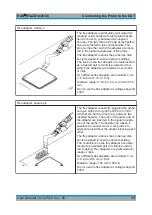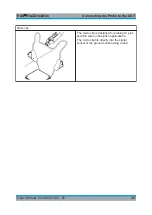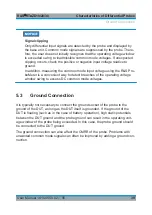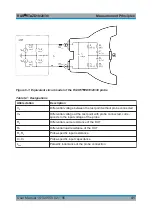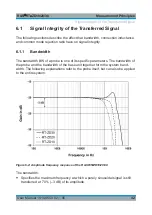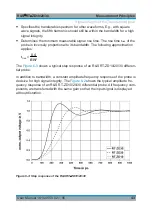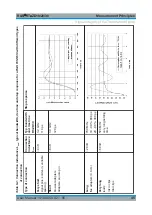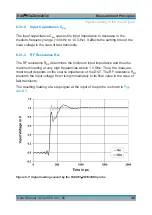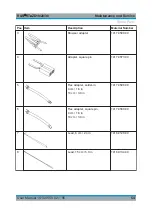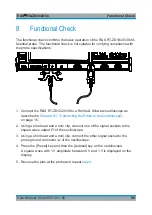
Measurement Principles
R&S
®
RT
‑
ZD10/20/30
46
User Manual 1410.4550.02 ─ 05
6.1.3
CMRR
The CMRR is very good for low-frequency signals, but it continuously decreases
for higher frequencies. Therefore, the CMRR is usually specified as a function of
frequency.
The
shows a typical CMRR for an R&S
RT
‑
ZD10/20/30 differential
probe with a very symmetrical connection to the DUT. An asymmetrical connec-
tion to the test point can decrease the CMRR. To achieve the best possible
CMRR, the connection to the DUT should always be as symmetrical as possible.
Figure 6-5: Typical CMRR of the R&S
RT
‑
ZD10/20/30 probe as a function of frequency
6.2
Signal Loading of the Input Signal
The previous section explained the transfer function and step response of the
probe. This section describes how the probe influences the input signal. The input
signal loading caused by the probe is determined by its input impedance. In gen-
eral, the probe causes only low signal loading because its input impedance is
usually much greater than the source impedance of the test circuit.
Signal Loading of the Input Signal


